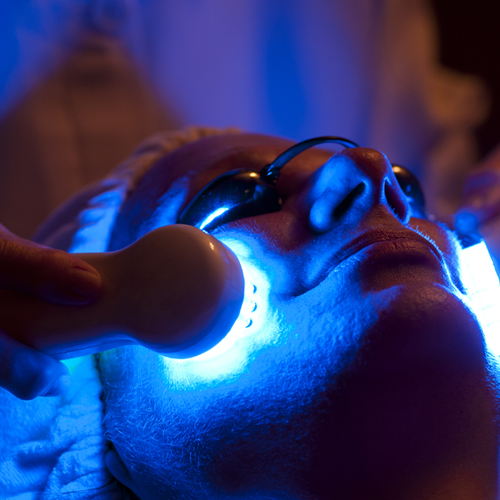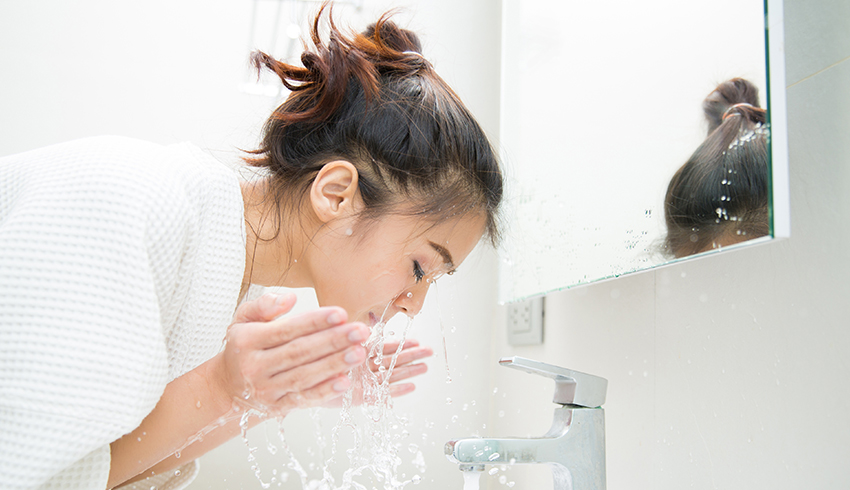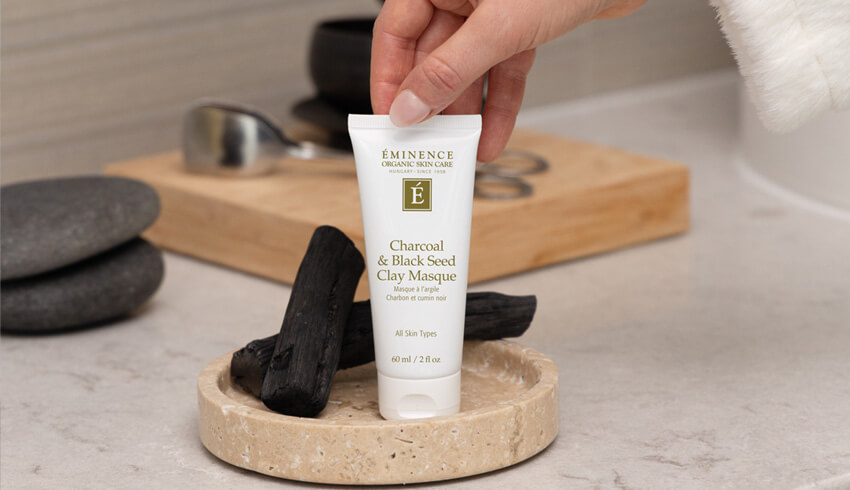
There’s nothing quite like that fresh facial feeling. After your skin’s been cleansed, massaged and custom-treated by an expert esthetician, it has that addictively smooth, baby-soft radiance that’s impossible to achieve outside of a professional spa. Which is why we all go home, look into the mirror and wonder, “How soon can I go back?”
28 Days & Counting

Eminence Organics Product Support Representatives follow the cell renewal schedule for timing facials: “Generally speaking, every four to six weeks would be ideal since your skin will regenerate itself approximately every 28 days.” Not only does this sync with skin cell turnover, it also means you’re regularly checking in with your esthetician so that they can make sure your skincare routine is on track.
While a facial every four to six weeks is a safe bet, it also varies according to what kinds of facials you’re getting. “The frequency of receiving a facial can also depend on the specific concern that is being treated,” they explain. “Someone with severe acne or hyperpigmentation may visit the spa for a series of more frequent treatments initially.”
Facial for Acne Treatment
If you’re following a series of treatments for acne, you’re probably receiving a light chemical peel once or twice a week over a four to eight week period. Your facial also probably includes extractions, especially if you have blackheads, which are open pores impacted with sebum that are close to the surface of the skin, or whiteheads - “closed” comedones that are clogged with built-up impurities but covered in a thin layer of skin. After you have completed your treatments, the esthetician will typically reassess your skin and follow up with monthly visits.
Facial for Hyperpigmentation
Like acne, hyperpigmentation facials also employ chemical peels to treat dark patches like dark spots, areas affected by injury and skin inflammation, and melasma, which sometimes appear on women who are pregnant or taking birth control pills. Laser therapy or intense pulsed light are other hyperpigmentation procedures. Expect a weekly schedule of treatments for a period of four to five weeks, but, as the Product Support Team point out, “The frequency of receiving a facial for hyperpigmentation would depend on the client’s skin sensitivity.” After the once-a-week facials are over, your esthetician will let your skin recover before starting another cycle, if you need it.
Acne and hyperpigmentation problems are tried-and-true facials. But what about the more exotic ones like microdermabrasion, oxygen and LED facials?

An LED Facial a Week
If we stay on the subject of pimples, LED light therapy is proving to be a fairly effective weapon, and weapon is the right word! In the 1990s, the U.S. Navy SEALs used LED light to speed up the body’s recovery from skin wounds, which the skincare industry borrowed to tackle acne and aging. Blue LED light reaches sebaceous glands where it targets an acne-producing bacteria called Propionibacterium acnes. Longer wavelength infrared penetrates deeper into the skin and is supposed to stimulate collagen protein and soothe inflammation for fuller, smoother-looking skin. While the scientific verdict on LED’s anti-aging properties is still out, there is consensus that acne can benefit from this treatment…especially when it combines blue and red LED light. According to Dr. Hooman Khorasani, the chief of the division of Dermatologic and Cosmetic Surgery at the Icahn School of Medicine at Mount Sinai, the blue and red LED combo “may reduce the size of the sebaceous glands, so you don’t produce as much oil.” The other good news is you can have up to one LED facial a week.
Monthly Microdermabrasion
Another high-tech treatment is microdermabrasion where you trick your skin into replacing old skin cells on the surface of your skin with new ones. How? By making your skin think it’s being injured, which it is in a way, though, gently. A microdermabrasion machine exfoliates your skin with a stream of tiny crystals or a diamond tip while gently suctioning up the dead cells. Quick and non-invasive, microdermabrasion will brighten and smooth out your skin but the immediate after-effects can be a little redness and sensitivity. It’s best to keep these sessions to once a month.
Oxygen Facials
Polishing your skin with crystals will bring on the glow; so can pumping it with oxygen. This is a technique dermatologists and facialists picked up from deep-sea divers who get pure oxygen forced into their tissue and bloodstream whenever they return to the surface running low. The new fave facial for celebrities, oxygen is high-pressure sprayed right into your epidermis. And it’s not just run-of-the-mill oxygen but oxygen infused with botanical extracts, vitamins, and minerals to give your skin an instantly plumper, smoother, hydrated look. How often can you get an oxygen facial? If you can afford it, once a week.
So check your calendar, consider your options and count up the days until your next spa visit - you can find your nearest Eminence Organics Spa Partner with our spa locator. What kind of facial do you need at your next spa appointment? Let us know in the comments below or share with us on social media.


